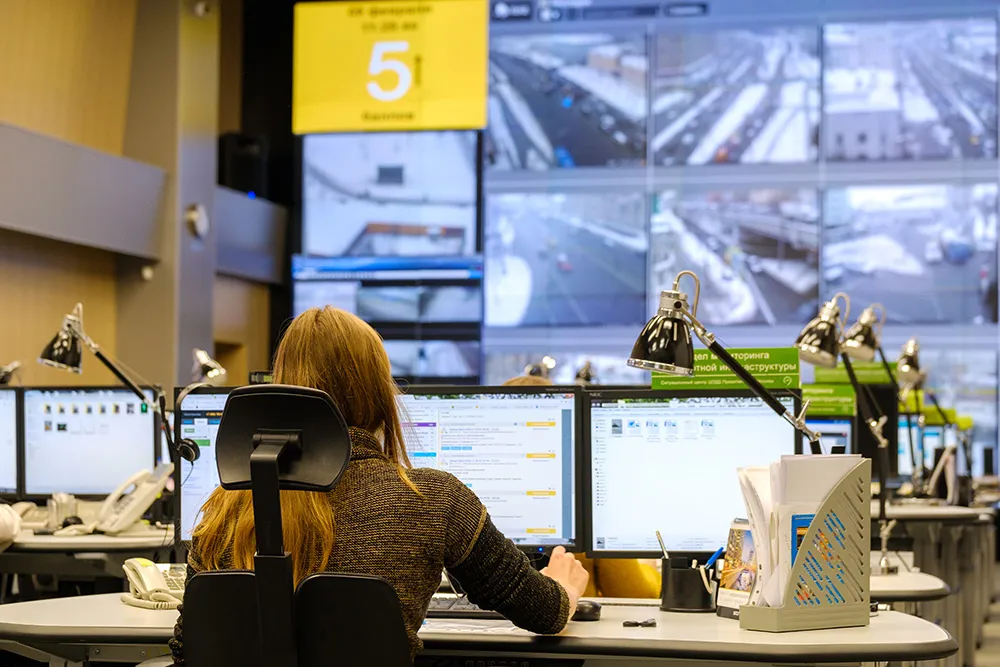LED-based detection technology supplier LeddarTech’s has made its innovative sensors available to the Arduino community, enabling Arduino users to easily and cost-effectively integrate detection and ranging capabilities into their projects..
The Leddar detection and ranging module can be utilised in conjunction with the Arduino platform and other shields to effortlessly add on capabilities such as object/people detection, distance measurement, object/people-counting and more. As the module is available
April 1, 2014
Read time: 2 mins
LED-based detection technology supplier 84 LeddarTech’s has made its innovative sensors available to the Arduino community, enabling Arduino users to easily and cost-effectively integrate detection and ranging capabilities into their projects..
The Leddar detection and ranging module can be utilised in conjunction with the Arduino platform and other shields to effortlessly add on capabilities such as object/people detection, distance measurement, object/people-counting and more. As the module is available in different forms, it is highly configurable and can be adapted to countless applications.
In addition to full-fledged detection and ranging capabilities, the Leddar module comes with a software development kit (with .NET and C libraries, LabVIEW and MATLAB examples, and sample RS-485 code for Windows and Linux), a downloadable Arduino library, Arduino-specific video demonstrations on Youtube, as well as ongoing support from LeddarTech experts.
“The detection applications described above are just a few examples of how the Leddar™ module could be used in Arduino projects. There are in fact a wide variety of possibilities,” mentioned Sonia Bélanger, vice-president of Sales and Marketing at LeddarTech. “We encourage Arduino developers to experiment with our technology, to see how they can benefit from its easy-to-integrate value-added features,” adds Bélanger.
The Leddar detection and ranging module can be utilised in conjunction with the Arduino platform and other shields to effortlessly add on capabilities such as object/people detection, distance measurement, object/people-counting and more. As the module is available in different forms, it is highly configurable and can be adapted to countless applications.
In addition to full-fledged detection and ranging capabilities, the Leddar module comes with a software development kit (with .NET and C libraries, LabVIEW and MATLAB examples, and sample RS-485 code for Windows and Linux), a downloadable Arduino library, Arduino-specific video demonstrations on Youtube, as well as ongoing support from LeddarTech experts.
“The detection applications described above are just a few examples of how the Leddar™ module could be used in Arduino projects. There are in fact a wide variety of possibilities,” mentioned Sonia Bélanger, vice-president of Sales and Marketing at LeddarTech. “We encourage Arduino developers to experiment with our technology, to see how they can benefit from its easy-to-integrate value-added features,” adds Bélanger.










